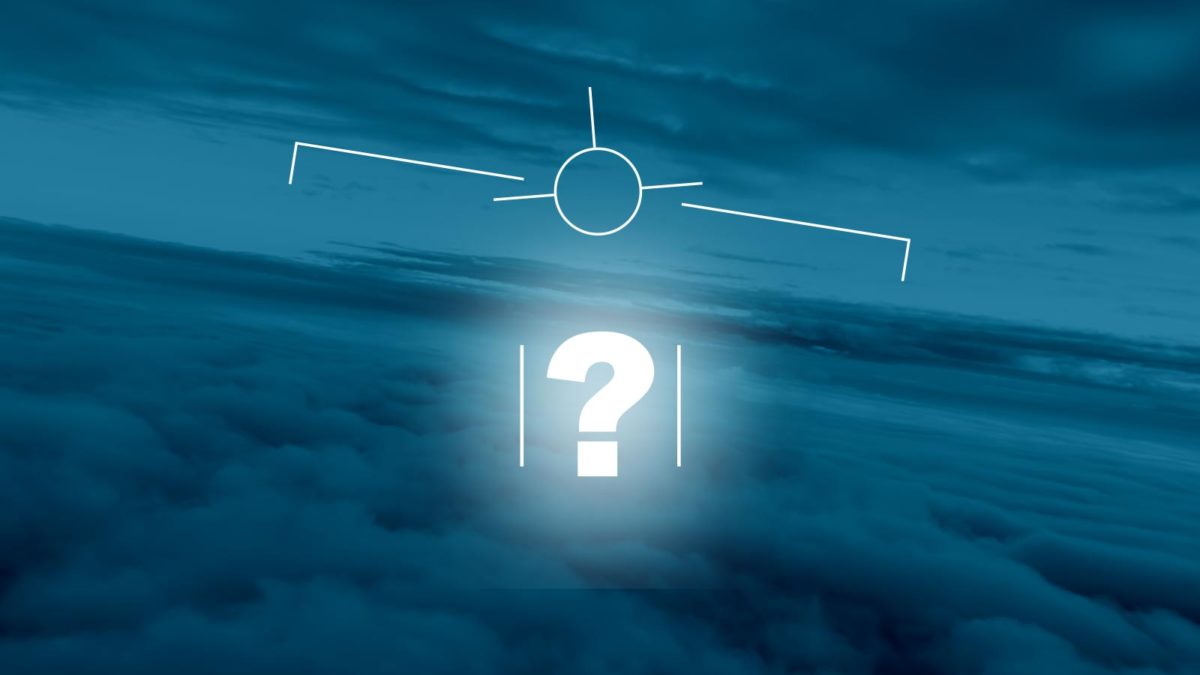NASA study team suggests applying artificial intelligence to trove of mystery sightings
By Natalie Jonas|June 2, 2023
Most sightings have been explained, but a small percent remain intriguing
If you were hoping NASA’s independent study team will resolve the mystery of those small, silvery, white-ish translucent flying objects that appear to make maneuvers that no known aircraft can, you’re likely to be disappointed when the team issues its final report in July.
In a May 31 livestreamed discussion, team members did say that they have narrowed down the number of mysteries and identified options for bringing improved scientific analysis to the trove of reports, in keeping with their marching orders to “recommend a roadmap for potential UAP data analysis by [NASA] going forward.”
UAP is short for unidentified anomalous phenomena, a less-freighted term than UFO. The mysterious sightings continue at a clip of about 50 to 100 a month, said Sean Kirkpatrick, a member of the NASA UAP Independent Study Team and director of the Pentagon’s All-domain Anomaly Resolution Office.
Another member of the NASA team all but ruled out the most intriguing but unlikely explanation: “There is absolutely no convincing evidence of extraterrestrial life associated with UAPs,” said NASA’s Daniel Evans, who organized the study as a top research official within the agency’s Science Mission Directorate. He and members of the 16-person team discussed their findings to date during the meeting at NASA Headquarters in Washington, D.C.
Former astronaut Scott Kelly, a member of the team and a former U.S. Navy test pilot, referred to a time he was in the air and seemingly saw a UAP: “We turned around, we went to look at it,” Kelly said. “It turns out it was Bart Simpson — a balloon.”
In fact, after examining the over 800 sightings, Kirkpatrick said the team has explained all but 2% to 5% of them.
The team found it challenging to parse the accounts and identify the remaining mysteries. A lack of uniformity and fragmented data complicated efforts to aggregate and compare details of the sightings. Media and eyewitness accounts were highly varied. Eyewitness reports from pilots were clouded by possible explanations such as cognitive bias, optical illusions and atmospheric variations that can make it seem like objects are jumping in and out of a pilot’s view.
Astrophysicist David Spergel, the team’s chair, likened the information facing the group to a haystack: “My impression is if you go through hay, you don’t want to do it with your hands.”
Therefore, he said, the team is considering applying artificial intelligence to the data set. The team also will recommend to NASA that a smartphone app be created so that sightings can be reported by witnesses in an organized fashion from the start.
During a media briefing after the discussion, Spergel said he couldn’t predict whether the app will become a reality or not. “Our responsibility is to give advice,” and “NASA’s responsibility is to listen to our advice, take it seriously and then assess which aspects of it they want to follow.”
Even the terminology to describe the objects — if indeed they are objects and not illusions — has been notably liquid, with the Pentagon initially calling them unidentified “aerial” phenomena to avoid the stigma of the term UFO. Later, the military switched the “A” to “anomalous,” and in December, NASA adopted that word to mesh with the military’s terminology.
Once the details of the sightings are parsed, the descriptions of the UAP do strike common themes: usually white, translucent or silver, round and 1-4 meters in length.





